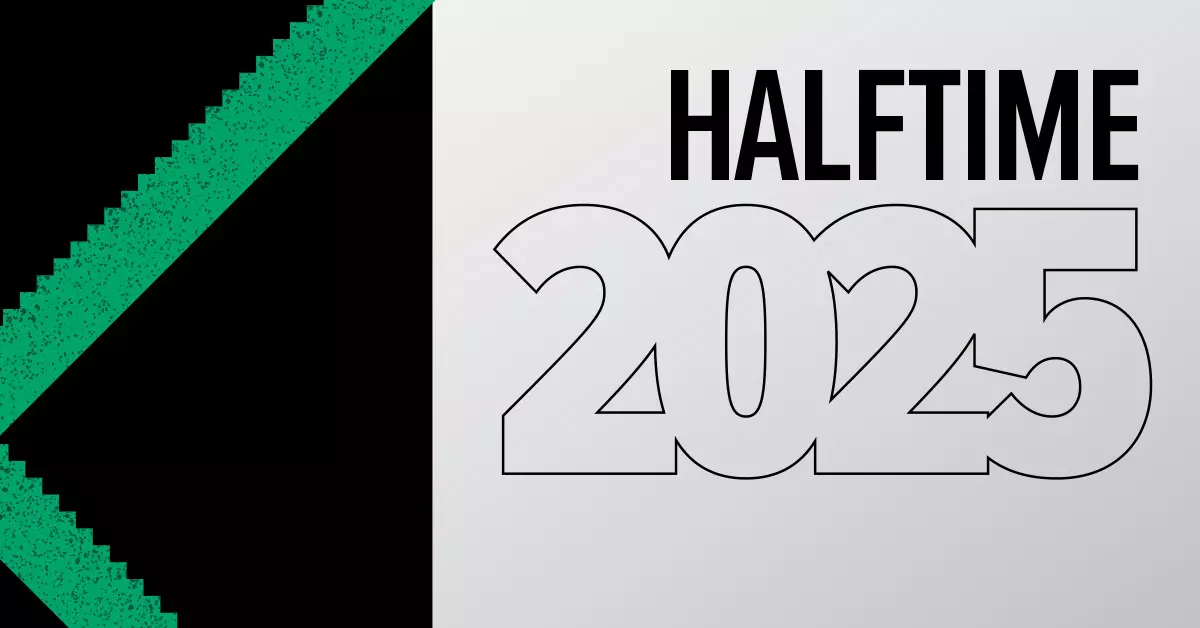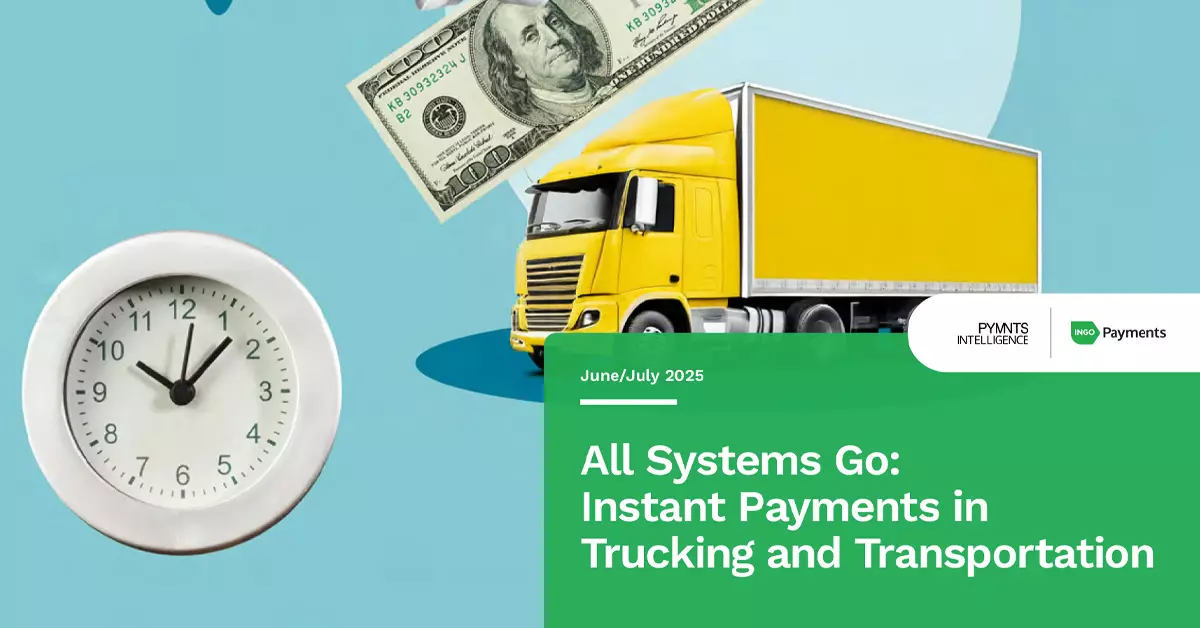Pursuing an education is fundamental to skill development, intellectual advancement and personal growth, laying the groundwork for future success. However, soaring tuition costs have made attending many schools prohibitively expensive. This expense prompts many students and parents to defray these costs by obtaining loans, grants and other forms of financial assistance. Unfortunately, slow payment processes often thwart their efforts, even jeopardizing enrollment when they miss crucial tuition deadlines.
Accelerating these academic disbursements could be critical to helping millions realize their educational aspirations. At a time when online learning and remote participation have made schooling more technologically complex than ever, there is no excuse for tuition payments to be stuck in the past.
The “Money Mobility Tracker®” explores how modernizing payments in academia, including the adoption of instant disbursements, can ensure swifter transaction processing, such as for scholarship payments and tuition refunds. These instant payments allow students to concentrate on their studies and institutions to focus on their missions.
Complications in Education Disbursements
Private schools in the United States are struggling with late scholarship payments. One example comes from the Elijah School in Florida, where all 49 of its students receive scholarships from Step Up for Schools, a nonprofit scholarship-funding organization. Facing delayed payments from the nonprofit, the elementary school resorted to borrowing money from its parent church to cover teacher salaries — a safety net many other schools lack. Scholarship dollars are a vital funding source, particularly for smaller schools. Any disruption or delay in their disbursement could potentially lead to missed paychecks or insufficient supplies.
The challenges with payments extend to the federal level as well. In October, the federal government resumed student loan repayments for borrowers after suspending them amid the pandemic. However, the return to regular payments has proven complicated for many. For instance, millions of borrowers had their loans transferred to different loan servicers, forcing them to learn an unfamiliar system’s quirks and challenges. Confusion and widespread errors led to borrowers flooding their loan servicers’ call centers, but many servicers remained significantly understaffed, having trimmed jobs during the payment suspension period. As a result, wait times surged dramatically, from 12 minutes in August to more than 70 minutes in October, leading half of borrowers to terminate their calls before speaking to a representative — up from just 17% in August before payments resumed.
Students Stuck With Subpar Banking Products
Many Americans open their first bank and credit card accounts as college students to help pay for their education. But these introductory programs are notoriously expensive. A recent report from the Consumer Financial Protection Bureau (CFPB) revealed that many college-sponsored credit cards and deposit accounts carry higher fees and worse terms and conditions than comparable products, thus preying on students, who are typically less affluent than other consumer groups. Because schools sponsor or are co-branded with these programs, they do not face the same competitive pressures as they would in the public market.
Upgrading Education Disbursements
Ingo Payments and Hank Payments have joined forces to modernize the disbursement process at colleges and universities. The product of their collaboration, Fast Funds, is an innovative solution that facilitates instant disbursements of tuition refunds directly to students’ debit cards. By law, students must receive all excess tuition funds within 14 days of receipt by schools, but reliance on legacy methods such as paper checks often causes schools to miss these deadlines. According to an Ingo Payments press release, Fast Funds has delivered a 90% reduction in paper payments to the schools that have deployed it.
Meanwhile, the Australia-based NexPay, which enables study-abroad students to pay in local currencies, has leveraged Flagright’s real-time transaction monitoring to accelerate and secure student payment processing. Flagright, an anti-money laundering (AML) and fraud prevention platform, also helps NexPay fulfill its sanctions obligations. According to a press release, NexPay’s payments systems previously “relied on batch-based processes, causing delays and customer dissatisfaction.” Through collaboration with Flagright, as stated in the release, “NexPay now offers a transparent and secure platform for international student payments, bolstering trust and simplifying financial transactions for students globally.”



